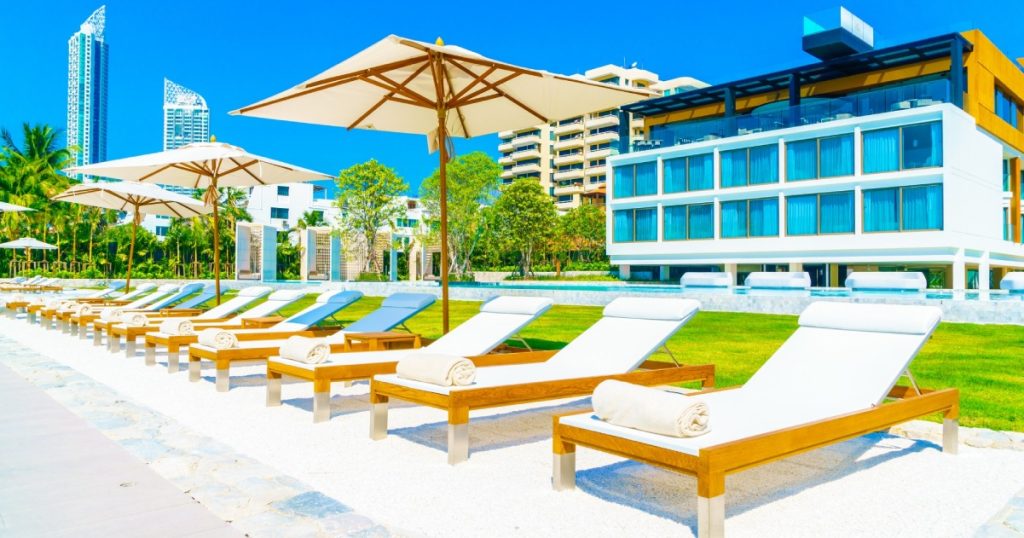Coastal architecture is a special discipline that seeks to create houses and buildings that integrate harmoniously with the maritime landscape. These architectural projects not only seek to offer a habitable and functional space, but also respect and adapt to the natural and cultural environment that surrounds them. In this article, we'll explore the key principles and approaches to designing coastal homes and buildings that are sustainable, aesthetically pleasing, and friendly to the maritime environment.
Considerations of the Maritime natural environment:
The first step in coastal architecture is to understand and respect the natural environment where the home or building will be built. The topography of the land, the direction and force of the wind, the solar orientation and the proximity to the sea must be considered. Using this information, you can efficiently design to take advantage of panoramic views and natural light, while minimizing the impact of adverse weather elements.
Sustainable construction materials and techniques:
In coastal architecture, it is essential to choose materials and construction techniques that are resistant to corrosion and durable against exposure to sea air. Materials such as weather resistant wood, stainless steel and specialized concrete can be used. In addition, preference should be given to environmentally friendly and sustainable construction techniques to reduce environmental impact and preserve the natural beauty of the surroundings.
Landscape integration and open design:
The coastal design must prioritize the integration of the landscape in the project. Using large windows and open spaces, nature and sea views are allowed to become an integral part of the experience of inhabiting the place. Patios, terraces and balconies are elements that allow a direct connection with the environment and foster a feeling of harmony with nature.
Respect for the local culture and context:
Coastal architecture must be in tune with the local context and the culture of the community in which it is inserted. Respecting the aesthetics and architectural styles typical of the region helps the construction integrate naturally into the landscape and be accepted by the community. Incorporating indigenous cultural elements and materials can enhance the value of the building and its relationship with local identity.
Coastal architecture is an opportunity to create homes and buildings that honor the beauty and richness of the maritime landscape. Designing with environmental and cultural awareness is essential to achieve a harmonious and sustainable integration with the environment. At Puppo Arquitectos, we are passionate about the challenge of creating coastal projects that are functional, aesthetic and respectful of the environment. If you dream of a coastal home or building that integrates perfectly with the maritime landscape, Schedule an appointment with us! https://puppoarquitectos.com/contacto/ Our team of architecture experts is ready to make your coastal project a reality and help you live a unique architectural experience by the sea.
Also follow us on our social networks @puppoarquitectos






